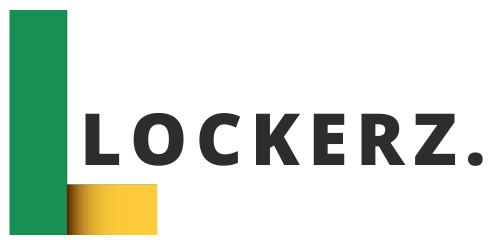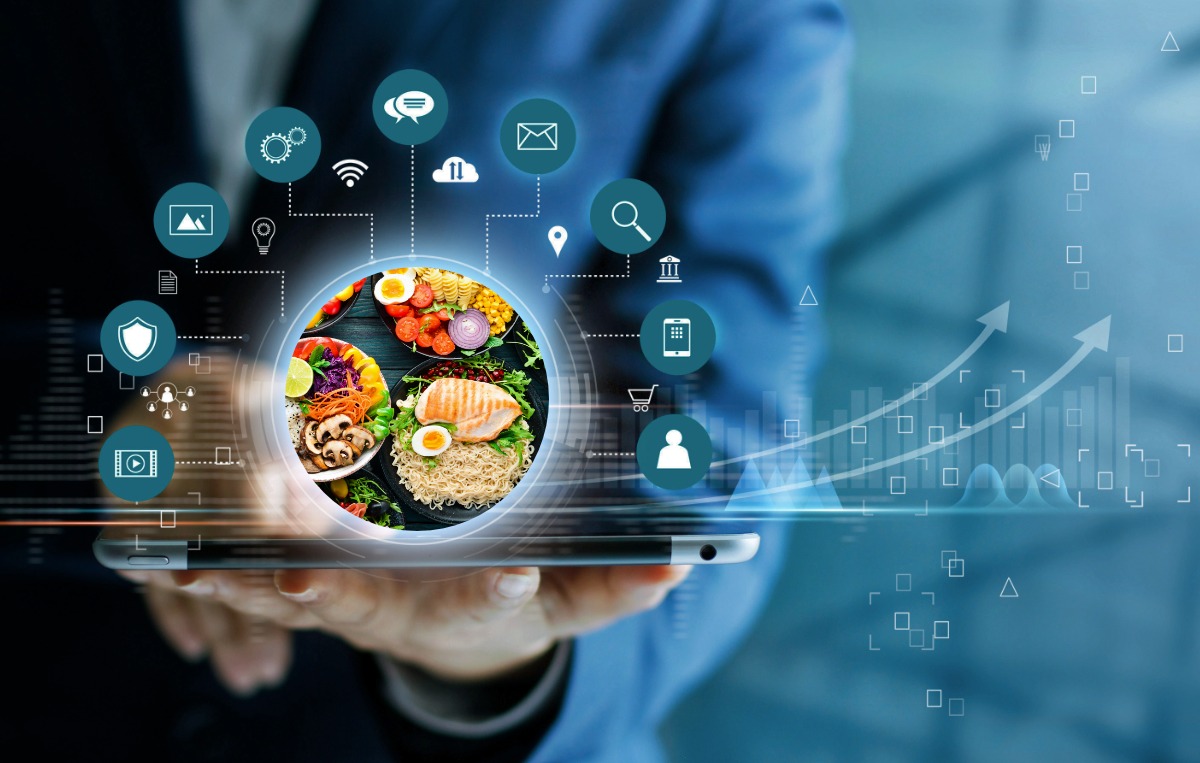Nutrition has moved far beyond simple calorie counting or following a static meal plan from a magazine. In the last decade, technology has transformed it into a highly personalized, data-driven science – changing not just what we eat, but how we understand food’s effect on our bodies.
Today’s tools combine artificial intelligence, wearable devices, genetic analysis, and mobile apps to give us insights that were once available only in research labs.
This shift isn’t just about tracking meals – it’s about creating a continuous feedback loop that can guide everyday decisions in real time.
Key Points
- Technology makes nutrition personalized, adaptive, and more precise.
- AI platforms help turn raw health data into practical daily choices.
- Wearables connect diet, exercise, and recovery into one holistic picture.
- DNA and microbiome testing reveal individual nutritional needs.
- Digital tools make healthy eating more accessible – and more engaging.
From One-Size-Fits-All Advice to Personal Data Nutrition

Not long ago, most people relied on generalized dietary guidelines like the food pyramid or “2,000 calories per day” recommendations.
While useful for broad health advice, these models overlook individual differences in metabolism, genetics, and activity levels.
Now, mobile health apps and connected devices collect continuous personal data – from step counts to blood glucose patterns – and use it to build nutrition plans tailored to you.
Instead of following a rigid meal plan for months, you can adjust your nutrition in days or even hours, based on how your body responds.
A runner might find their morning oats work well on training days but cause sluggishness on rest days.
With continuous tracking, those patterns become clear – leading to targeted adjustments rather than generic advice.
AI-Powered Nutrition: Precision Without Guesswork
Artificial intelligence has become one of the biggest disruptors in modern nutrition. AI can process far more data than any individual dietitian could manually – combining food logs, lab results, wearable metrics, and lifestyle habits to give real-time, evidence-based recommendations.
One practical example is using an AI food nutrition coach that not only tells you what to eat, but explains why – and adjusts as your health metrics change.
This means your plan evolves with you, whether you’re training for a marathon, managing a health condition, or just trying to improve your energy levels.
Did you know?
A 2023 study in Nutrients found that users of AI-assisted dietary planning adhered to their nutrition goals 34% more consistently compared to those following static plans.
Wearable Devices: Turning Numbers Into Action

Wearable tech has moved far beyond counting steps. Today’s devices can track:
- Heart rate variability (HRV) – to assess recovery and stress.
- Blood oxygen levels (SpO₂) – important for endurance and overall wellness.
- Sleep patterns – including time spent in restorative deep sleep.
- Continuous glucose monitoring (CGM) – offering insight into how foods affect your blood sugar in real time.
By syncing this data with nutrition apps, you can see the direct cause-and-effect relationship between what you eat and how you feel or perform.
Subnote: This integration is especially powerful for athletes, diabetics, or anyone looking to fine-tune energy balance, as it links nutrition directly to physical performance metrics.
DNA and Microbiome Testing: Your Body’s Unique Blueprint
Science has shown that two people can eat the exact same meal and experience vastly different metabolic responses. That’s where DNA and microbiome testing come in.
What these tests reveal:
- Your likelihood of lactose or gluten sensitivity.
- How efficiently your body processes carbs, fats, or protein.
- Which types of dietary fiber your gut bacteria thrive on.
When integrated with digital platforms, this data becomes actionable. Instead of guessing why a certain diet works for your friend but not for you, you can see the biological reasons and adapt accordingly.
Food Tracking Has Become Frictionless

In the past, food journaling often failed because it was too time-consuming. Now, technology has made logging meals nearly effortless:
- Barcode scanning quickly pulls nutritional data from packaged foods.
- Image recognition AI can estimate calories and nutrients from a simple photo.
- Smart kitchen scales sync directly with apps to log weights and macros automatically.
Over time, this builds a realistic understanding of portion sizes, making it easier to balance nutrition without obsessing over every gram.
Nutrition Goes Social: Motivation in Your Pocket
Healthy eating can be easier when it’s social. Many nutrition apps now include community features – turning what used to be a solo effort into a shared experience.
Popular engagement features include:
- Recipe-sharing boards for inspiration.
- Group challenges with visible progress tracking.
- Video calls with dietitians or coaches.
These social tools combine accountability with encouragement, helping people stay consistent long after the novelty of a new diet wears off.
Pitfalls to Avoid in Tech-Driven Nutrition
While these tools are powerful, they’re not foolproof. Common issues include:
- Over-reliance on numbers – ignoring hunger cues in favor of app targets.
- Inaccurate entries – especially when using crowdsourced food databases.
- Data fatigue – too much information can cause decision paralysis.
- Privacy risks – sensitive health data needs secure handling.
Tip: Use technology as a guide, not a dictator. The most sustainable nutrition habits blend data with mindful, intuitive eating.
Industry Impact: Beyond Personal Diets

It’s not just individuals who are benefiting – restaurants, food brands, and even public health programs are adopting nutrition technology.
Examples include:
- Menus with QR codes linking to full nutrient breakdowns.
- AI-driven recipe development to meet health guidelines.
School lunch programs using software to ensure balanced nutrition while minimizing food waste.
This widespread adoption means the same tools shaping personal nutrition are influencing food availability on a larger scale.
Conclusion
Technology has redefined nutrition from a static set of rules into a dynamic, interactive, and deeply personalized system.
With AI analysis, wearable tracking, DNA insights, and frictionless food logging, we can now make decisions based on real-time feedback instead of outdated generalizations.
But as powerful as these tools are, they work best when paired with mindful eating, professional guidance, and personal preferences.
When used wisely, technology doesn’t replace the human side of nutrition – it enhances it, making the journey to better health clearer, faster, and more enjoyable.

